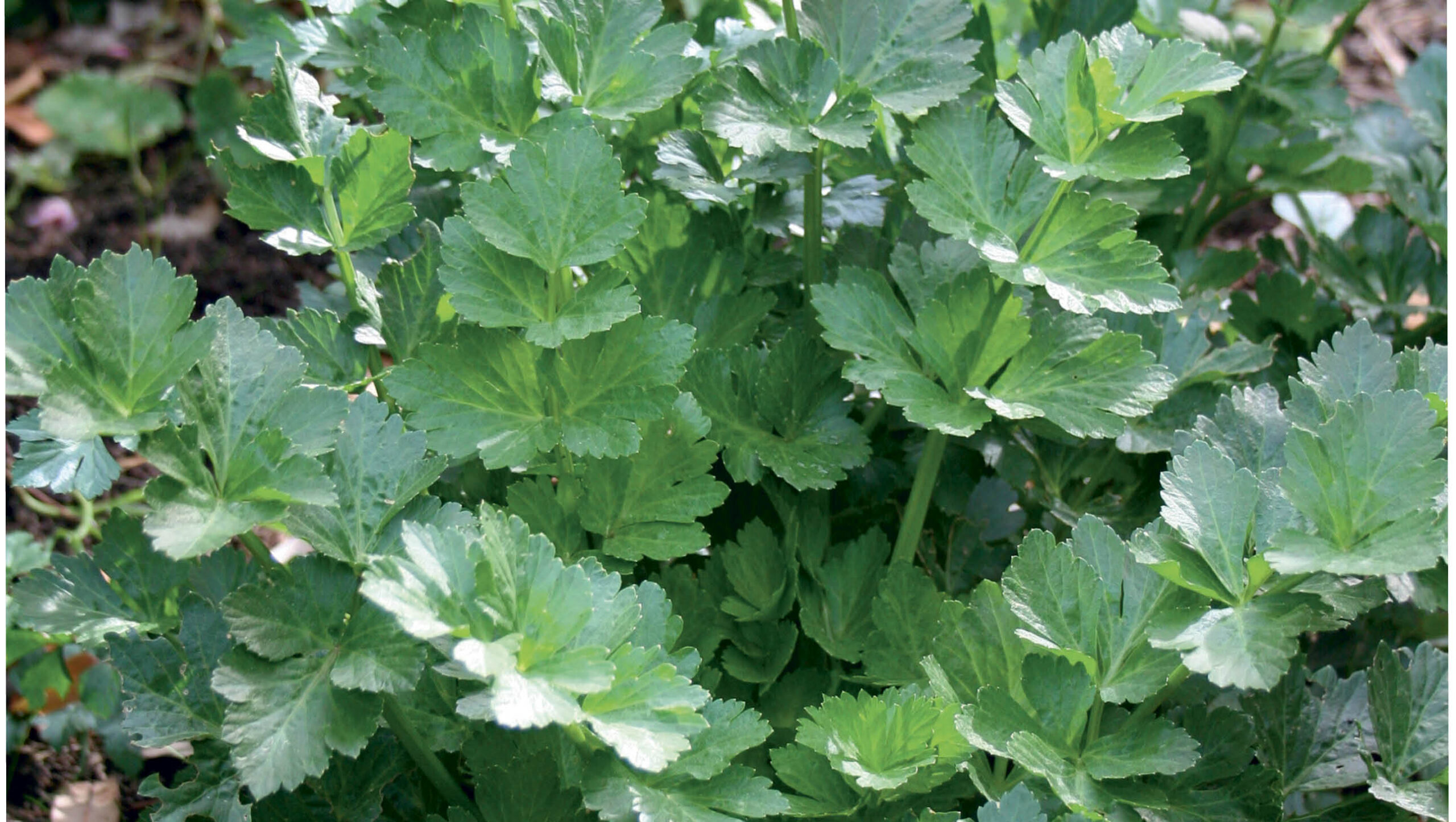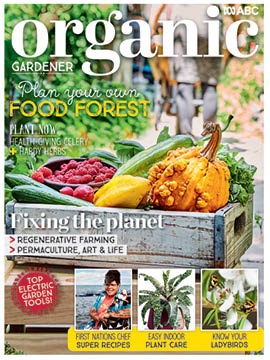From garden to kitchen: celery
2022-08-11T05:46:03+10:00
There's plenty of uses for your celery once it's ready to be harvested, writes Karen Sutherland.
Celery (Apium graveolens) has become a versatile and essential plant in my vegetable patch and kitchen, with its nutritious leaves, stems and seeds all edible, so you can make the most of every part. As you can harvest individual stalks and leaves, it is always ready to add to a meal or as a healthy snack.
Uses in the kitchen
All above ground parts of celery are eaten, the stalks, leaves and seeds, although the flowers are best left to the many beneficial insects that enjoy them!
At harvesting, if you cut the whole celery bunch and leave 30–50mm of the base, it will reshoot with shorter stems. For a gradual harvest though, cut and use stem-by-stem from the outside of the plant as needed.
A fun activity is to regrow some celery from the base of a bought clump. Cut off the bottom (50mm of the clump) and sit it in a glass of water. Hold clump in place with toothpicks inserted into the sides, sitting on the side of the glass. Once roots start to grow strongly, plant into the garden.
Fresh celery stalks are a healthy snack by themselves but can be used to scoop up dips or spread with nut butters. Celery stalks and leaves sautéed in oil or butter can make the basis of many cooked meals, along with onion, spring onions, leeks or garlic. They are used chopped, finely sliced, or grated in soups, slow-cooked meals, casseroles, stir-fries, curries, pasta sauces, vegetable patties and many more dishes. The leaves can be used somewhat interchangeably with parsley.
Excess celery leaves can be dried and stored for later use as flavouring. Rinse leaves, pat dry and place on a wire mesh rack in a cool, dark airy place for a few days. Once crispy, crumble leaves and store in an airtight jar for several months.
Celery seeds are used as a flavouring in pickled vegetables such as cucumbers. You can make your own celery salt by grinding celery seeds or dried celery leaves and mixing with sea salt.
If you have too much celery, try freezing it. Chop and then blanch the stems for three minutes in boiling water, then plunge them into iced water, draining and freezing.
Perennial Australian species
There are several perennial Australian species from coastal and mountain areas called sea parsley or sea celery. They all have strong-flavoured leaves and are used as a herb in cooking.
These include: Island sea celery (Apium insulare), sea parsley (Apium prostratum var. filiformis), mangrove sea celery (Apium prostratum var. prostratum), and alpine or mountain celery (Aciphylla glacialis). Not all of these are available for sale. All will usually grow taller in cultivation than in the wild. Island sea celery can be found on the Furneaux group of islands (for example, Flinders Island) and the Kent group (including, Erith Island).
Top flavour
A different type of celery to try is Chinese Celery (main image). Also called picking or leaf celery, Chinese celery (Apium graveolens var. secalinum) is grown for flavouring, which is strong and not to everyone’s liking if eaten raw. The leaves and crunchy stems are primarily used in cooking. It is widely grown and used in East Asia.
Karen Sutherland’s full article appeared in ABC Organic Gardener Early Autumn 2022 issue (OG 131). There’s a selection of back issues available here — you can also subscribe and get the most recent issues delivered to your door!







